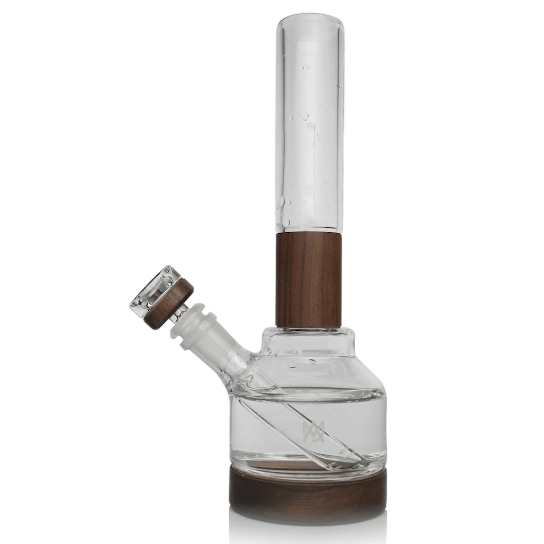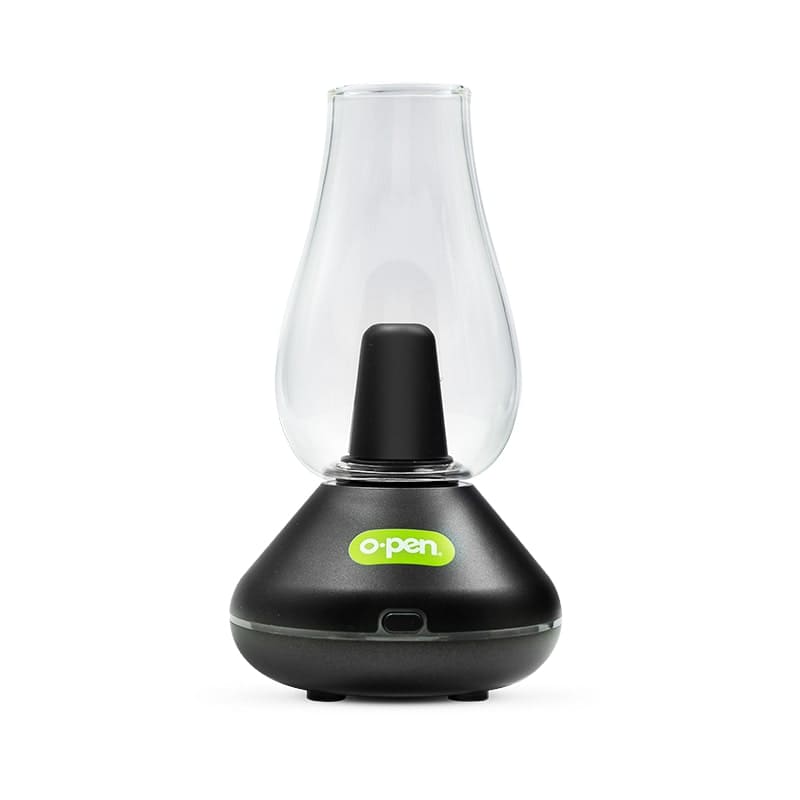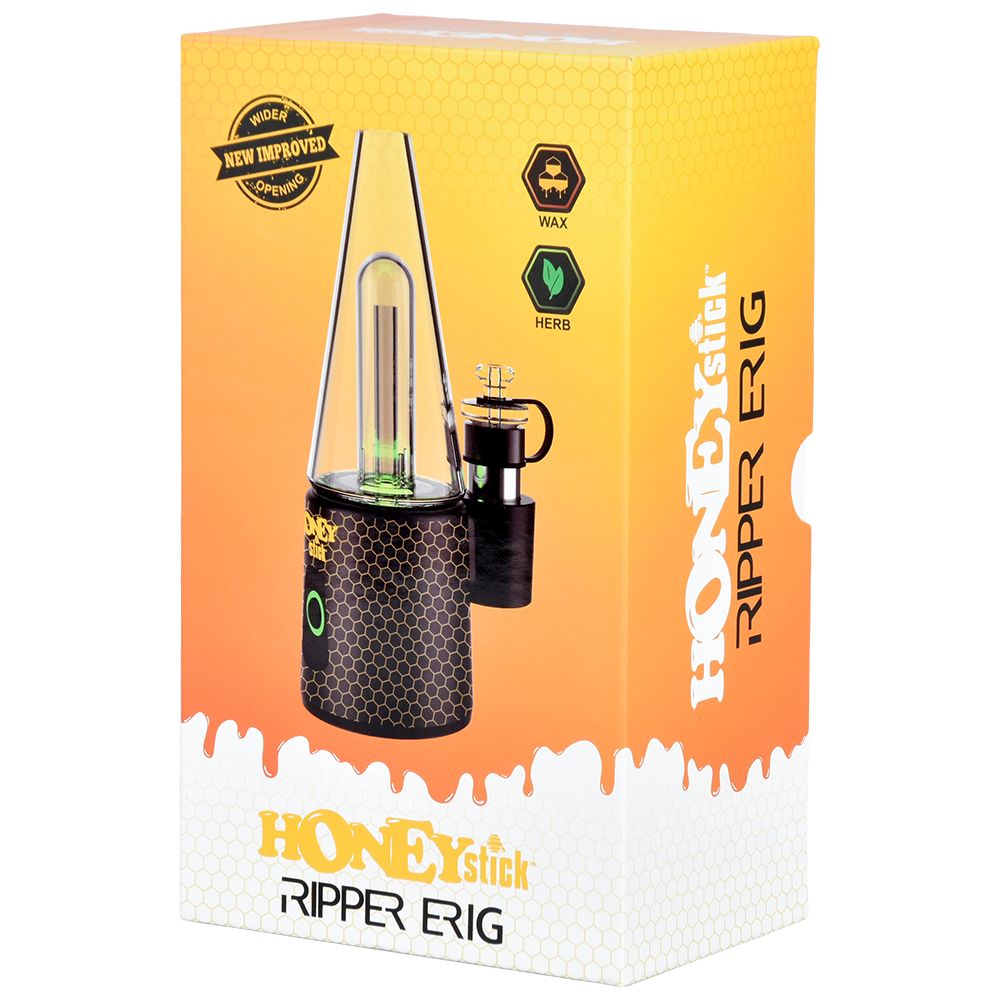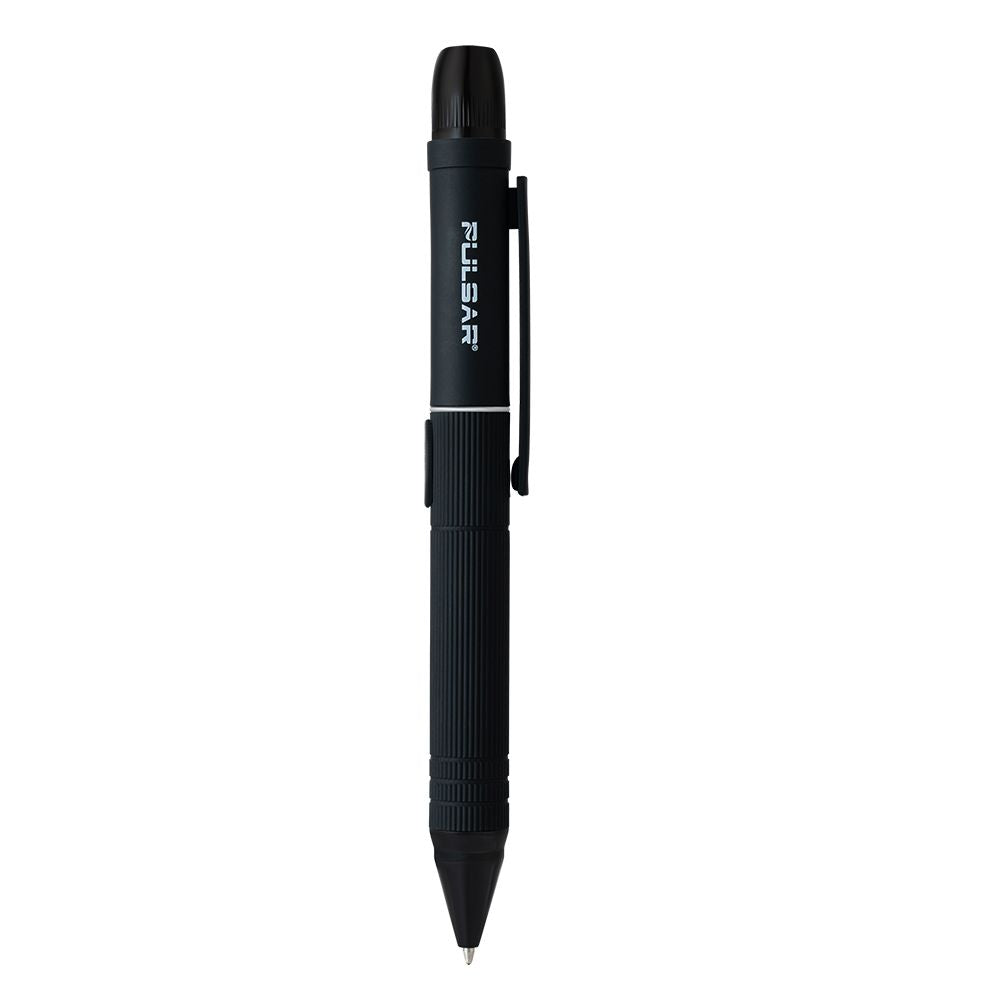What are vapes made of? Understanding the Ingredients in E-Cigarettes

Have you ever wondered what's really in your vape? With so many different brands and flavors on the market, it can be tough to know exactly what you're inhaling. Many users are curious about the ingredients in their e-cigarettes but find the information out there overwhelming or too complex.
That's where we come in.
One key fact to keep in mind is that most e-liquids contain nicotine, propylene glycol, vegetable glycerin, and flavorings—each playing a specific role in your vaping experience.
Our blog post will break down these components, along with other substances found in vapes, making it easier for you to understand what goes into each puff. Ready for a clearer view?
Composition of E-Cigarette Liquid
E-cigarette liquid contains nicotine, propylene glycol, flavorings, and vegetable oil. Harmful chemicals are present in vape juice due to aldehydes levels, chemical reactions during heating, and inaccurate labeling.
Nicotine (extracted from tobacco)
Nicotine is a key ingredient in e-cigarettes and vape juice. Manufacturers extract it from tobacco plants and add it to the e-liquid of vaping devices. This substance is known for creating the feeling that smokers and vapers crave.
It acts quickly on the body, providing a sense of alertness or relaxation depending on how much you inhale.
Vape users choose products with different nicotine levels based on their personal preference or as part of an effort to reduce their nicotine intake over time. While some e-liquids offer high concentrations for a stronger effect, others have lower amounts or none at all, catering to individuals looking to quit smoking altogether.
Propylene glycol
Propylene glycol is a key ingredient in e-cigarette liquids, helping to create the aerosol that users inhale. It's a colorless and odorless liquid that is known for its ability to produce a smooth vapor when heated.
Propylene glycol is generally recognized as safe by the FDA when used in food, but long-term inhalation effects are still being studied to understand potential impacts on health. E-liquids containing propylene glycol can deliver flavors and nicotine efficiently, contributing to the overall vaping experience.
The use of propylene glycol in e-cigarettes has raised concerns regarding its safety with prolonged exposure through vaping. Research suggests that heating propylene glycol at high temperatures may lead to the release of formaldehyde, albeit at levels much lower than traditional cigarettes.
Vape users should be aware of these findings and continue monitoring research developments relating to this important component in e-cigarette liquids.
Flavorings
Transitioning from the composition of e-cigarette liquid to flavorings, it's essential for vape users to understand that the variety of flavors in e-liquids is achieved through the use of different food-grade additives.
These flavorings contribute to the diverse range of tastes available, such as fruit, dessert, and beverage-inspired options. The use of flavorings aims to enhance users' vaping experience by providing a wide selection to choose from based on individual preferences.
While enjoying an array of flavors in e-cigarettes, it’s crucial for users to be aware that some studies have indicated potential health risks associated with certain flavoring chemicals used in e-liquids.
As regulations continue to evolve within the realm of e-cigarettes, manufacturers are increasingly under pressure to ensure that these flavorings meet safety standards and do not pose any harm when vaped.
Vegetable oil
Moving from the flavorings to the composition of e-cigarette liquid, it's important to note that vegetable oil is a significant ingredient. Vegetable oil is often used in vape juice as a carrier for nicotine and flavorings.
This oil can vary and may include ingredients such as coconut, palm, or soybean oil which are used to dilute flavors and nicotine. When choosing e-liquids, it's essential to consider the type of vegetable oil used and potential health impacts.
Vegetable oils have been found in some studies to produce harmful compounds when heated at high temperatures. Therefore, vapers should be mindful of the potential risks associated with inhaling aerosolized components of these oils.
Understanding the presence and role of vegetable oils in e-liquids is crucial for vape users in making informed choices about their vaping experiences.
Chemicals in Vape Juice
Vape juice contains chemicals such as aldehydes, with increased exposures occurring when heating the liquid. To delve deeper into this critical issue, keep reading.
Levels of aldehydes
Aldehydes like formaldehyde and acetaldehyde are found in e-cigarette vapor. These compounds can cause irritation. Research has shown that higher levels of aldehydes are produced when vaping at higher temperatures.
Accurate labeling on e-liquids is crucial as some products may not disclose the presence of these harmful chemicals, exposing users to potentially greater health risks.
Remember, it's important for vapers to be aware of these potential risks associated with aldehyde exposure from e-cigarettes and choose their products carefully.
Chemical reactions
Chemical reactions occur when the ingredients in vape juice are heated by the device. When heat is applied, the propylene glycol and vegetable oil undergo a chemical reaction to produce aerosol.
This process releases harmful chemicals such as aldehydes into the vapor. The levels of aldehydes increase with heating, which can result in exposure to higher levels of these toxic compounds.
Moving on to "Increased exposures with heating," let's explore how vaping devices can lead to higher chemical exposure.
Increased exposures with heating
Heating vape juice can lead to increased exposure to harmful chemicals. When the e-liquid is heated, it releases higher levels of aldehydes, which are known to cause irritation.
This can result in potential health risks for vapers. Additionally, inaccurate labeling on vape products could mislead users about their actual chemical composition when heated. Vape users should be aware of these risks associated with heating e-liquids.
Inhaling heated e-liquids may expose users to higher levels of toxic chemicals, posing health risks. Heating increases the volatility of chemicals like formaldehyde and acrolein in vape juice.
Understanding these dangers is crucial for vapers who want to make informed decisions about their health and safety while using vaping devices.
Inaccurate labeling
Inaccurate labeling of e-cigarette products is a concern for vape users, as it can lead to unknowingly consuming harmful chemicals. Some products may not accurately disclose the levels of nicotine or other substances present in the e-juice, potentially exposing users to higher amounts than expected.
This misleading information can also affect the perceived safety and impact of vaping on health, making it essential for users to be cautious and informed about the product labels they encounter.
Evidence shows that many e-cigarette products do not fully disclose their ingredients or list inaccurate nicotine content on their packaging. For instance, a study found that over 60% of e-cigarettes labeled as having low nicotine actually contained significantly higher levels than indicated.
This discrepancy between labeling and actual content highlights the importance of transparency and accuracy in product labeling within the vaping industry.
Different Components of Vaping Devices
Vaping devices have different parts. These include the atomizer, tank, and power options.
Construction and generations of devices
Vaping devices come in different shapes and sizes, with newer generations offering more advanced features. These devices are constructed with a battery, an atomizer to vaporize the e-liquid, and a tank to hold the liquid.
Some devices also have adjustable power options for customized vaping experiences. As technology advances, new generations of vaping devices continue to emerge with improvements in battery life, convenience, and overall performance.
The construction of these devices has evolved over time to cater to users' preferences. The first-generation e-cigarettes were basic and resembled traditional cigarettes while modern ones feature sleek designs and innovative functionalities.
Additionally, various accessories such as drip tips and coils enhance the vaping experience by allowing customization according to individual preferences.
Atomizer and tank
The atomizer and tank are crucial parts of your vaping device. The atomizer heats the e-liquid to create vapor, while the tank holds the e-liquid. Newer tanks have adjustable airflow, allowing you to control the amount of vapor produced.
Make sure to clean your tank regularly for a better vaping experience and to preserve the flavor of your e-juice.
Vape users should be familiar with these components as they directly impact their vaping experience. It's important to understand how these parts work together and how they can affect the quality of your vape.
Regular maintenance of these elements can enhance both performance and flavor, providing a more enjoyable vaping experience overall.
Power options
Moving on from the atomizer and tank, let's talk about power options for your vaping device. The power source of your vape can greatly affect your overall experience. Some devices are manual, activated by a button press, while others have automatic sensors that activate when you inhale.
Variable voltage or wattage options allow you to adjust the power output to customize your vaping experience according to your preferences.
Choosing the right power option can impact flavor intensity, vapor production, and throat hit. It's important to match the power setting with the resistance level of your coil for optimal performance.
Understanding how different power options influence your vaping experience is essential for maximizing enjoyment and satisfaction from your e-cigarette device.
Regulation of E-Cigarettes
Regulators ensure e-cigarettes meet safety standards. Learn more about the regulations in place.
Government regulation
The regulation of e-cigarettes by the government includes setting manufacturing standards and monitoring nicotine yield. The Food and Drug Administration (FDA) imposes strict regulations to ensure the safety of e-liquids, cartridges, and electronic devices.
These regulations aim to protect consumers from inaccurate labeling and ensure that manufacturing meets specific quality standards.
Manufacturers must adhere to stringent guidelines in the production of e-cigarette products, including accurately reporting ingredient levels and ensuring safe construction. Moreover, there are ongoing efforts to regulate advertising aimed at curbing youth vaping rates.
Vigilant oversight ensures that vapers can use these products with confidence in their quality and safety.
Manufacturing standards
After considering government regulation, it's essential to understand the manufacturing standards that govern e-cigarettes. Manufacturing standards ensure that e-cigarette products are made safely and meet specific quality and safety criteria.
These standards cover the production process, materials used, and the final product's performance. Adhering to these standards helps ensure consistency in the quality of e-cigarettes being produced, promoting consumer safety and satisfaction.
Manufacturing standards for e-cigarettes encompass rigorous guidelines on factors such as nicotine levels, labeling accuracy, and product purity. Compliance with these set regulations ensures that vapes are manufactured under controlled conditions to guarantee user safety while using them.
Quality control measures play a crucial role in maintaining high manufacturing standards across all aspects of e-cigarette production.
Nicotine yield
Vape users, the nicotine yield in e-cigarettes varies widely. E-liquids can have different levels of nicotine, typically ranging from 0mg to 50mg per milliliter. It's crucial to be aware of the concentration to manage your intake and prevent potential adverse effects on health.
Understanding the nicotine yield helps you make informed choices about your vaping experience.
Conclusion
As we conclude, remember the ingredients in e-cigarettes: nicotine, propylene glycol, flavorings, and vegetable oil. Emphasize practicality and efficiency; understanding these components can lead to healthier vaping choices.
Highlight the importance and impact of making informed decisions about vape juice ingredients for your health. Consider seeking more than just information shared here to enhance your knowledge.
Take charge of what you inhale for a safer vaping experience.
FAQs
1. What are vapes made of?
Vapes, or e-cigarettes, are mainly made up of an ingredient known as e-liquid or e-juice.
2. What is the purpose of e-liquid in vapes?
E-liquid serves as the primary substance that gets heated and turned into vapor in vapes for users to inhale.
3. Are all e-liquids the same in every vape?
No, not all e-liquids are the same. Different brands and types of vapes may use different variations and flavors of e-juice.
4. Can I understand what's in my vape by looking at its ingredients?
Yes, understanding the ingredients used in your vape, such as what type of e-juice it uses, can help you know more about what you're inhaling when using a vape.













![Vessel Compass Rise [Obsidian] Vessel Compass Rise [Obsidian]](http://www.headshop.com/cdn/shop/files/631009c0-e68c-4238-9a63-73f14dd1117f.jpg?v=1717545548&width=600)
![Vessel Compass Rise [Obsidian] - Headshop.com](http://www.headshop.com/cdn/shop/files/631009c0-e68c-4238-9a63-73f14dd1117f.jpg?v=1717545548&width=900)
![Vessel Compass Rise [Obsidian] - Headshop.com](http://www.headshop.com/cdn/shop/files/a12c8ff4-4bee-4dc9-b697-542f6130e46e.jpg?v=1717609092&width=1000)





















